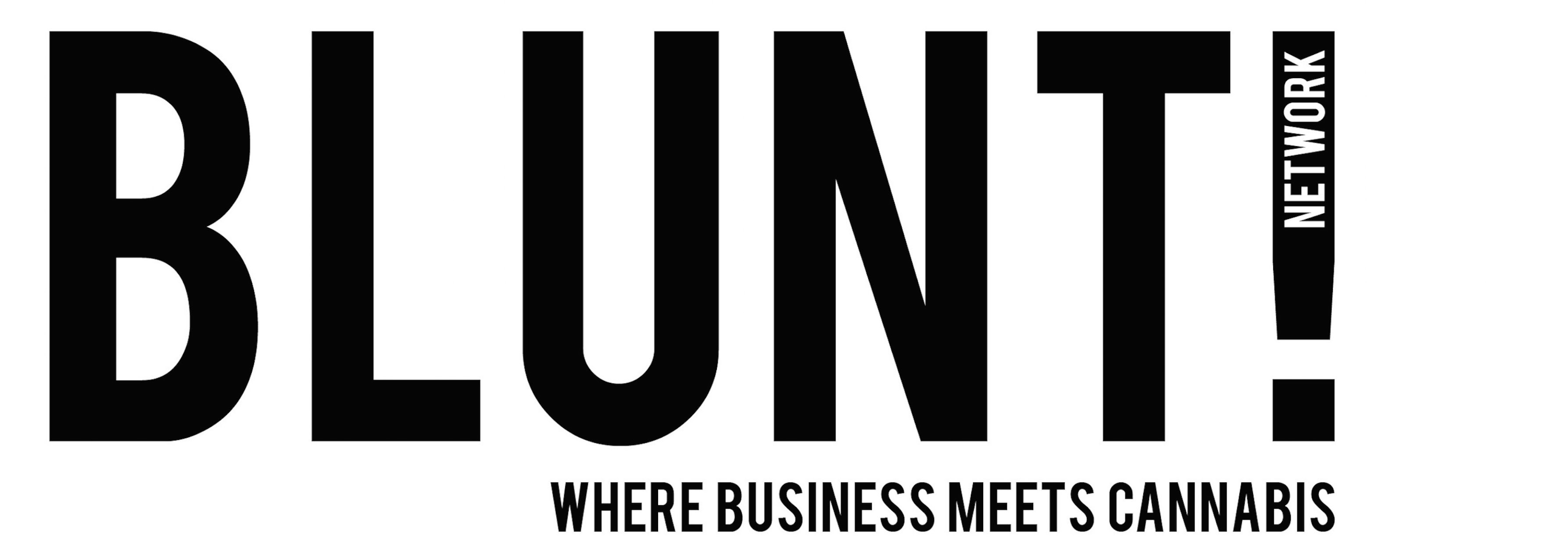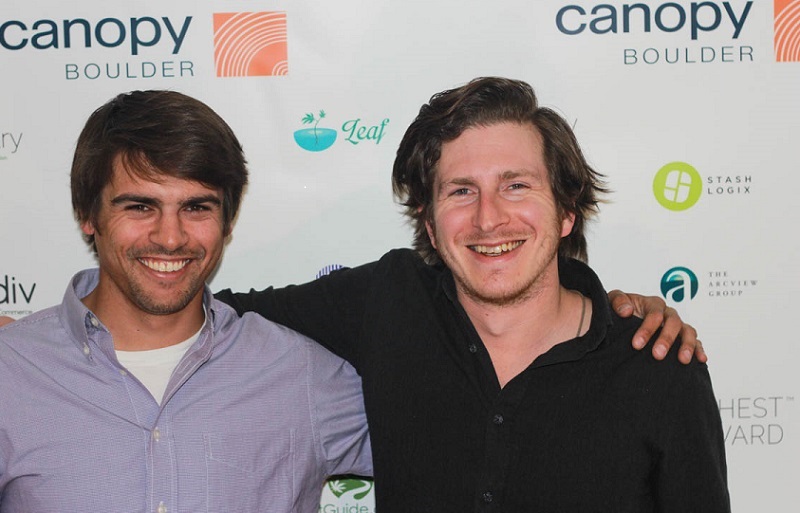Sana wants to repackage legal cannabis
Sana Packaging co-founders James Eichner and Ronny Basak-Smith met while students at the University of Colorado’s Leed’s School of business.
The start-up is now in the Spring 2017 group at Canopy Boulder, the cannabis business accelerator. They spoke to Blunt Network about why the legal cannabis industry needs new packaging.
Blunt Network: Tell me about the problem you’re solving.
James: We’re solving several problems.
Ron: The first problem that we’re solving is the branding. So far cannabis has really just adopted packaging from the medical industry. Since it’s a new industry, people just looked for what was available and what worked. Now as a developing and maturing industry, we believe it’s time for packaging that fits the product itself.
James: The standard in the industry now is cylindrical shape pop tops. Although the industry has moved away from actually using pill bottles, the design is still very reminiscent of that pill bottle. It’s one degree of separation away. What we’ve done is redesigned the shape and we have a new locking mechanism. It’s a Tupperware shape, we have six flat surfaces on which people can clearly brand and label their products and also display their products as if it is a premium product, which it is. With the pop top you just get that cylindrical surface for labels and it often looks sloppy.
Another problem we’re going after is waste in the cannabis industry. The industry is not as sustainable as we would like to believe. You’ve seen a lot of technologies emerge to help growers and cultivators be more energy efficient, more water efficient. But we haven’t seen the same thing on the retail side and on the packing side. The standard is petroleum-based plastic and these are single-use items that people throw out.
So we wanted to move in a more sustainable direction and that’s why we’re using hemp based plastic. For other products we’ll be using hemp based cardboards and paperboards. In situations where the hemp based plastic technology isn’t quite there yet we’ll be using other bio-based plastics.
The last problem we’re solving is lack of in-house storage space at dispensaries. The dispensary game’s a real estate game and we know that a lot of the best locations are often pressed for space. Our containers nest inside of each other so we hope to save our customers a lot on shipping and a lot of storage space.
Blunt Network: Where are you in your business development?
James: We’re currently pre-revenue. We are in the product development and design stage. In terms of customers, we’re getting letters of intent right now. We’re going out to dispensaries and growers and sharing our ideas with them and getting their feedback and basically getting those letters of intent and that’s how we’re currently showing our traction. But we do have a customer already.
Ron: Yes, so we’re not just focusing on the cannabis containers. Basically anything related to cannabis, or CBD, or hemp that has a brand alignment with a hemp product is really our target. Our first customer is a tea company here in Boulder, Jordan and Jane’s Tea. They make hemp teas and are looking to use hemp-based packaging. We’re in the design process to make some boxes for them.
In our first year of production, we’re going to have a limited capacity to produce units. We’re really just looking to partner with a few premium brands in the next few months so we can provide them an exclusive, distinct product.
James: To build on that briefly: I think we came into this thinking that dispensaries would be our largest customers and we quickly discovered that dispensaries aren’t necessarily the ones that are looking for the differentiated packaging. They have lower margins than growers and brands do. We’ve actually found that a lot of growers and brands have reached out to us. Our sales will be focused on landing a smaller number of larger customers, and those would be growers and brands versus a large plethora of dispensaries.
Blunt Network: Will you be saving your customers money?
Ron: Our product is going to be more expensive than the more traditional pill, pop top bottle. What we’ve looked at as far as other differentiated packaging, we plan to be cheaper than other options. We don’t have the exact numbers yet because they’re still in development, but the amount of space that can be saved with our packaging is pretty outstanding. The fact that our packaging nests inside of one another will help significantly reduce shipping and storage costs, which will ultimately save our customers money. We’re trying to go in this optimization route of packaging versus bottom line price.
James: The truth is, we’re not going to be able to compete with cheap, Chinese plastic.
Ron: In the future as we secure our supply chain and as industrial hemp takes off in this country as it’s expected to, we hope that we can become on par with the price of domestic fuel-based products in the future.
James: We believe that offering a sustainable alternative that includes both superior branding and storage capabilities will be a strong selling point and will allow us to build a dedicated customer base.
Blunt Network: Are you struggling to get as much hemp as you need?
Ron: There is a hemp supply in this country. Last year, 80% of the United States’ hemp output was grown in Colorado, so we really are in a good position to source that. Beyond that we’ve also secured a few supplies outside of the United States that we’ll be able to work with if we do run into supply issues.




